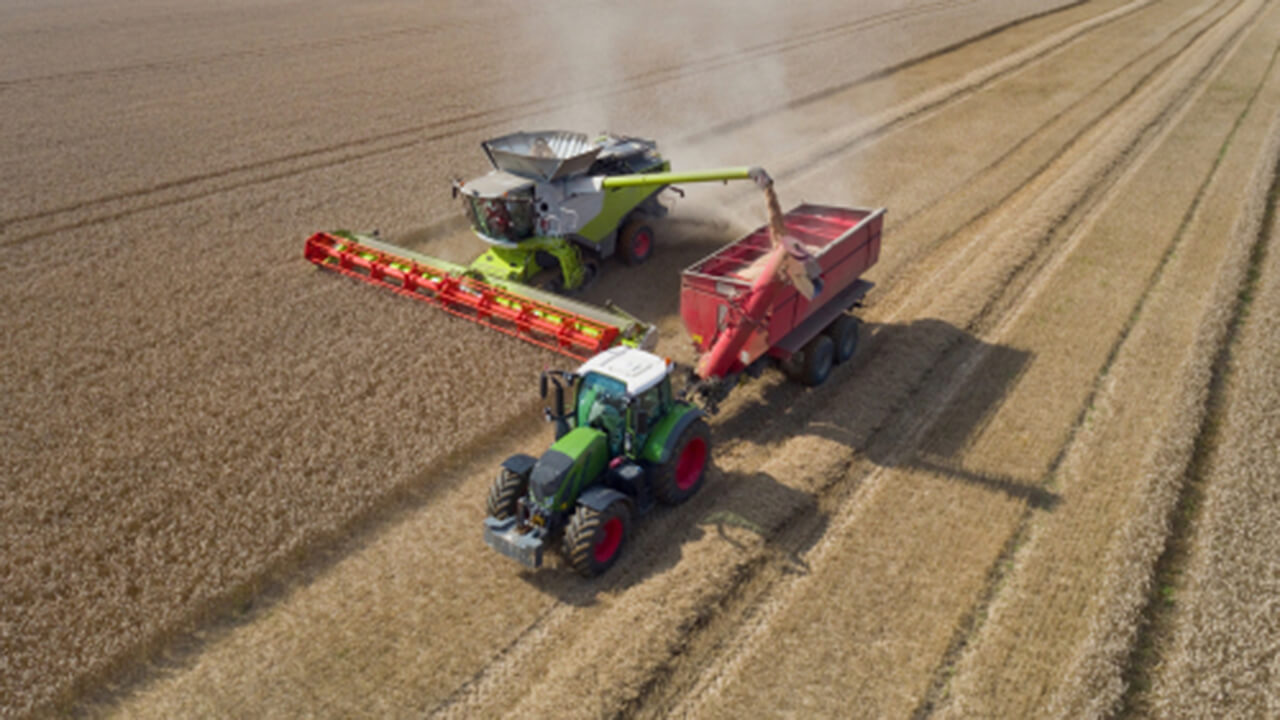Despite the increased Corporation Tax rates since April 2023, and gradual reduction in the tax advantages of taking drawings from a business in the form of dividends, we are still seeing a reasonable level of interest in incorporating partnerships and sole trades.
A big reason behind this is ring-fencing and asset protection - not only do companies offer limited liability status, they also enable a group structure to be used, if desirable, to separate (and protect) different parts of the business from each other, whilst still obtaining certain tax reliefs. This is subject to getting the balance of activities in the “right” ratio, and putting the right parts of the business in their correct places in the structure.
So what are the tax considerations if you are considering this change?
One of the biggest tax benefits to a corporate structure is being able to decide how much taxable income you wish to extract from a company.
Where the business is making profits that are far in excess of what the owners actually need or want to extract from the business, then even with a 25% main corporation tax rate, the benefit of paying only that rate rather than a 40-45% rate on that undrawn profit in an unincorporated structure can be very significant, and obviously recur year after year.
For a sole trader, that has both farming and rental activities, arguing that the property business forms part of the overall business in order to shelter the rental properties from Inheritance Tax (IHT) using the principles established in the Balfour and Farmer Business Property Relief (BPR) tax cases, can be tricky. If they are pooled together into a limited company then this could resolve that issue.
A barrier to incorporating has often been the potential one-off tax costs - Capital Gains Tax (CGT) and Stamp Duty Land Tax (SDLT). However, for the past decade or so, the Ramsey case has supported CGT incorporation relief potentially applying to defer the capital gains arising in such a scenario.
Furthermore, where the existing business is a partnership, invariably the partnership relieving provisions can reduce the chargeable consideration for SDLT purposes down to £nil, particularly for partnerships between close family.
There are, of course, both tax and commercial downsides that need to be considered and weighed against the possible tax benefits.
However, the point we are making in this article is that despite the increased rates of Corporation Tax and Dividend Taxation, some businesses will still be appropriate for conversion to a limited structure.
As always specialist advice should be taken because every case is different and some advantages/disadvantages will be more relevant to some than others.
If you have any questions about the above, or would like more information specific to your circumstances, please enter your email address below and we will get in touch:
















